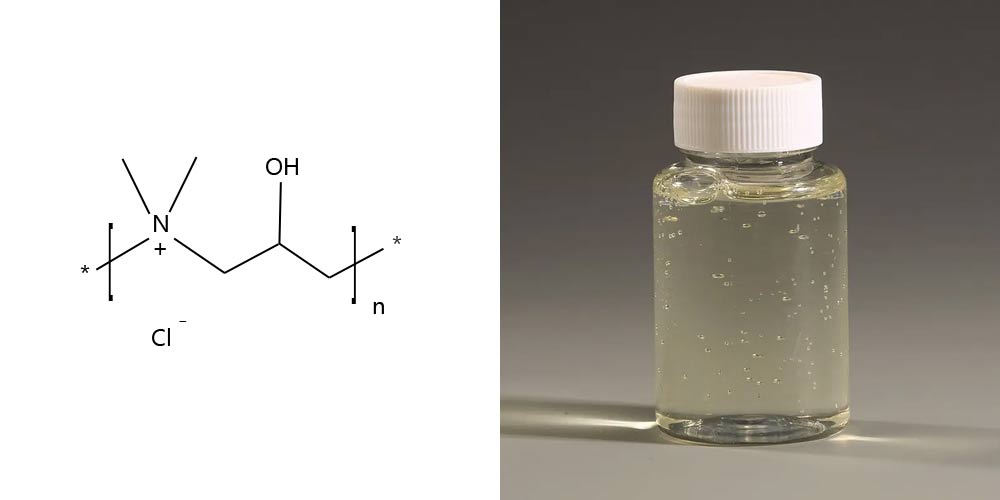Polyamine, a vital cationic polyelectrolyte, operates as a potent agent in various applications owing to its unique characteristics and mechanisms. Let’s delve into the workings of polyamine and explore its versatile applications.
Characteristics and Applications of Polyamines:
Polyamine is a linear homopolymer characterized by excellent water solubility and compatibility, making it highly versatile across different industries. Its stable nature renders it insensitive to pH variations and resistant to chlorine degradation, making it an ideal choice for a wide range of applications. Additionally, polyamine exhibits high-temperature and high-pressure resistance, as well as resilience to chlorine or high-speed shear conditions, ensuring optimal performance in demanding environments.
Moreover, polyamine is non-toxic, although it may cause irritation to the skin and eyes, emphasizing the importance of proper handling and safety precautions during its usage.
Working Mechanism of Polyamines:
When employed as a flocculant, polyamine functions through a mechanism involving electrostatic neutralization and adsorption bridging. The effectiveness of polyamine as a flocculant correlates with the molecular weight of the polymer, the degree of cationicity, and the degree of branching. Higher molecular weight, cationicity, and branching result in superior performance. Furthermore, polyamine exhibits coordination capabilities, particularly evident when combined with PAC (polyaluminum chloride), resulting in synergistic effects and enhanced efficiency.
In practical applications, the usage and dosage of polyamine are akin to those of PA (polyacrylamide) and PDADMAC (polydiallyldimethylammonium chloride). However, polyamine possesses higher charge density, lower molecular weight, higher residual monomers, and unique structural characteristics compared to PA and PDADMAC.
Polyamine in Collaboration with PAC:
Polyamine exhibits remarkable efficacy in the removal of organic matter and pigments from pulp and paper mill recirculating or effluent waters. When used in conjunction with PAC, polyamine enhances the coagulation process, resulting in improved turbidity removal and reduced PAC dosage requirements. This collaboration underscores the synergy between polyamine and PAC in water treatment applications.
Packaging and Storage:
Polyamine is typically packaged in 210 kg plastic drums or 1100 kg IBC (Intermediate Bulk Container) tanks. It should be stored in a dry, well-ventilated environment at room temperature, ensuring a shelf life of up to 24 months.
In conclusion, polyamine emerges as a multifaceted solution with diverse applications in water treatment, oil-water separation, and waste management processes. Its unique characteristics and collaborative potential with other compounds make it an indispensable tool in various industrial settings, contributing to enhanced efficiency and environmental sustainability.
Our unique and extensive experience in the supply and use of polyamine is of particular benefit to our customers in terms of support and expertise in optimizing processes and operational economics. If you are in need of this product please contact us.
Post time: Sep-02-2024

